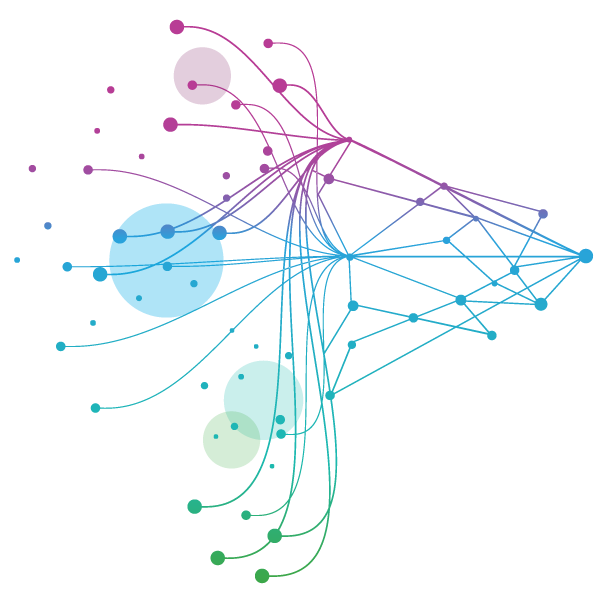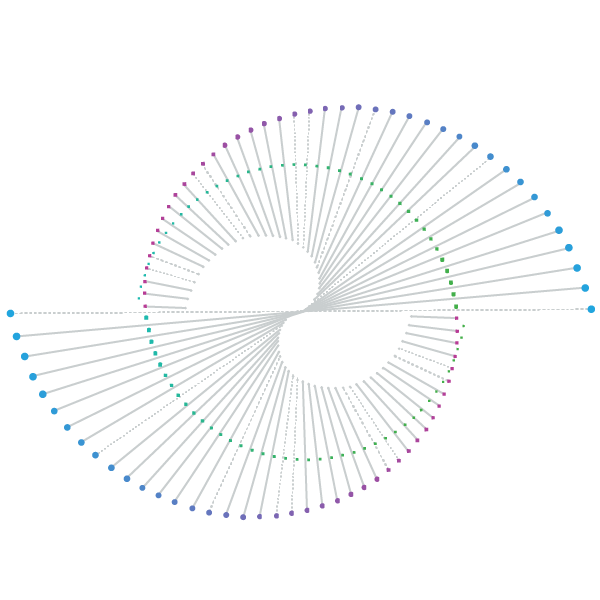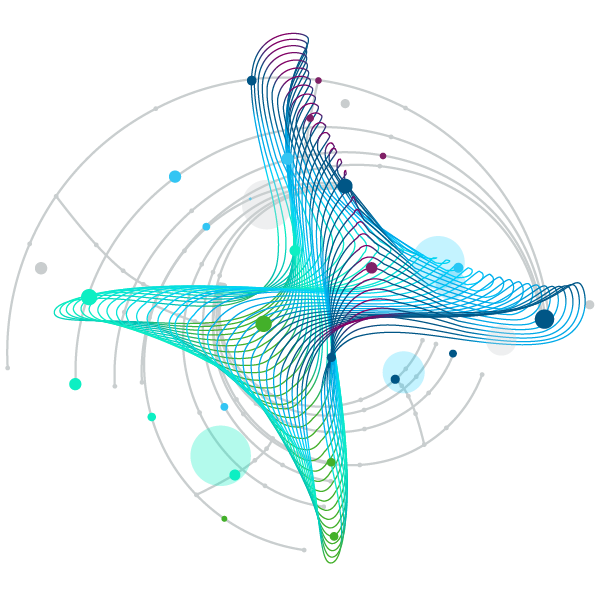See how observational health data sciences and informatics (OHDSI), a research collaborative with a global footprint, can expand data access and reduce cost of ownership.






















- Blogs
- A Guide to the OMOP Common Data Model
In the realm of healthcare research, the Observational Medical Outcomes Partnership (OMOP) Common Data Model (CDM) has emerged as a cornerstone for standardizing and analyzing observational data. Developed by the Observational Health Data Sciences and Informatics (OHDSI) community, the OMOP CDM provides a harmonized framework that facilitates efficient and reliable analyses across diverse healthcare datasets. This blog post aims to guide you through the key aspects of the OMOP CDM and its significance in healthcare research.
Understanding the OMOP Common Data Model
The OMOP CDM is designed to address the challenges posed by disparate healthcare data sources. Healthcare data can vary greatly in terms of structure, format, and terminologies used, making it difficult to conduct comprehensive and comparative analyses. The OMOP CDM standardizes the structure and content of observational data, enabling researchers to perform systematic analyses using a common framework.
Key Components of the OMOP CDM
The OMOP CDM is organized as a relational database structure, comprising tables that represent various aspects of patient information, clinical events, and healthcare observations. These tables are linked to each other, allowing researchers to query and analyze data across multiple dimensions. The standardized vocabularies used in the OMOP CDM further enhance consistency and interoperability, ensuring that data from different sources can be integrated and analyzed effectively.
Benefits of Data Standardization
Data standardization is a critical process that brings healthcare data into a common format, allowing for collaborative research and large-scale analytics. By adopting the OMOP CDM, healthcare organizations can overcome the challenges associated with heterogeneous data sources and terminologies. This standardization fosters consistency, improves data quality, and enables researchers to generate reliable evidence that can inform clinical decision-making and policy development.
Facilitating Observational Research
The OMOP CDM plays a crucial role in facilitating observational research across varied healthcare organizations. By providing a common framework for data representation, the OMOP CDM allows researchers to conduct studies that are cost-effective, faster, and more reliable. This collaborative approach is particularly valuable in large-scale studies that require data from multiple institutions to achieve robust and generalizable findings.
Supporting Regulatory Submissions
The generation of real-world evidence (RWE) is increasingly important for regulatory submissions and assessments. Regulatory agencies, such as the FDA and EMA, recognize the value of RWE in evaluating the safety and effectiveness of medical products. The OMOP CDM enables researchers to generate high-quality RWE that meets regulatory standards, supporting the approval and post-market surveillance of new therapies.
Driving Innovation in Healthcare
The insights gained from observational data can drive innovation in healthcare by identifying unmet needs, optimizing treatment pathways, and improving patient outcomes. The OMOP CDM's ability to integrate and analyze diverse data sources provides a comprehensive view of patient populations, enabling researchers to uncover new patterns and trends. These insights can inform the development of innovative interventions and personalized treatment strategies, ultimately enhancing the quality of care.
Conclusion
The OMOP Common Data Model is a powerful tool for leveraging observational data in healthcare research and clinical practice. By standardizing data representation, the OMOP CDM enhances data quality, facilitates cross-institutional collaboration, supports regulatory submissions, and drives innovation. As the healthcare landscape continues to evolve, the importance of the OMOP CDM will only grow, paving the way for more informed and impactful healthcare decisions.





